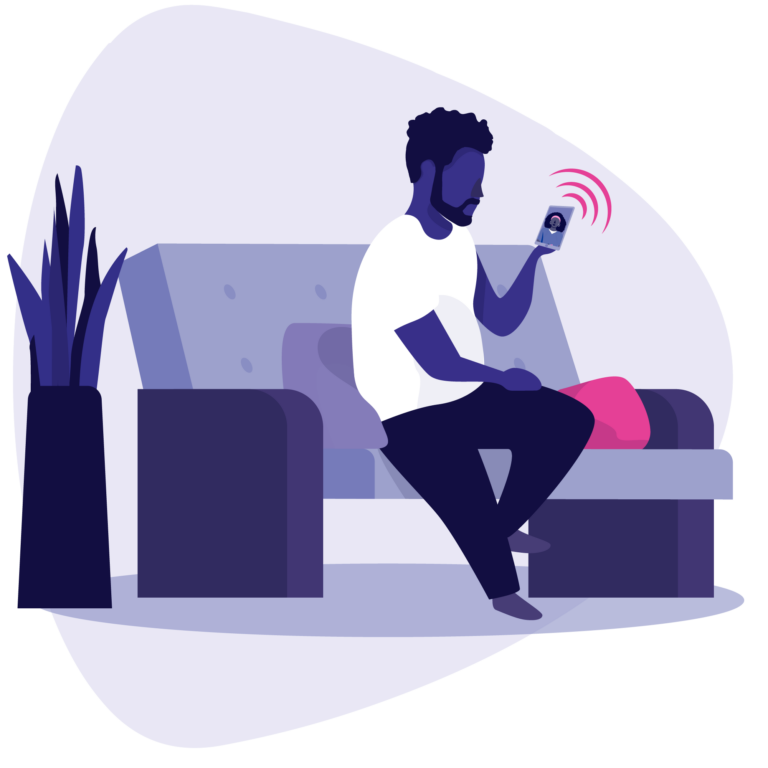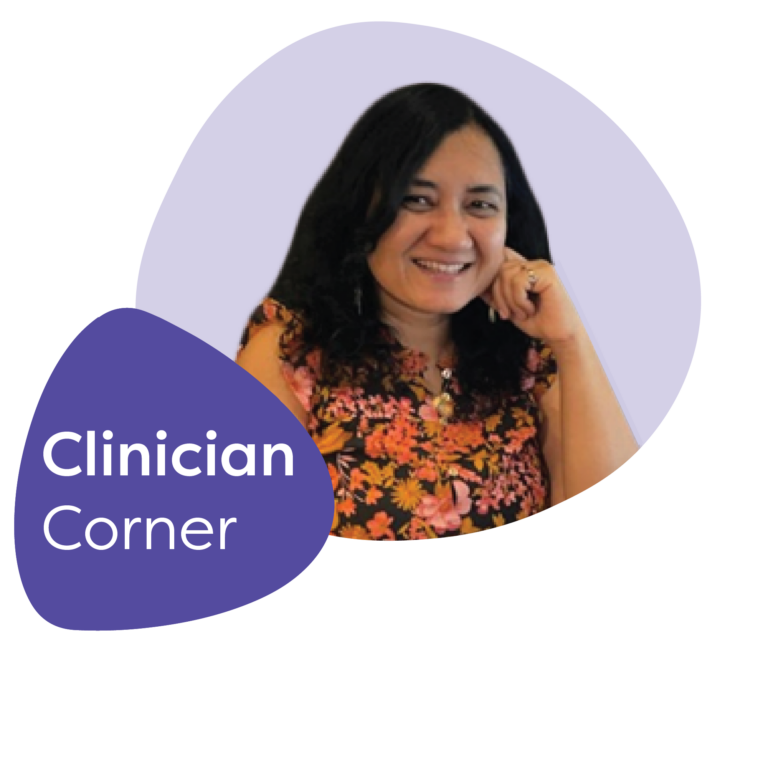Telehealth has revolutionized the patient experience by making it easier to attend appointments, communicate with their provider, and reduce no-show rates. On top of enabling continuity of care for patients, telehealth also increases clinician satisfaction and provides financial benefits for organizations. In this blog, we review why no-shows happen and how the impact of telehealth can help improve patient outcomes and organizations.
Social determinants of health and no-show rates
Inability to take time off work, challenges getting childcare, fear of stigma, limited access to transportation, and complicated commutes are all barriers that can keep patients from regularly attending their behavioral health appointments. In fact, according to the American Hospital Association’s report, Transportation and the Role of Hospitals, 3.6 million people in the U.S. don’t receive care due to transportation barriers.
Fortunately, telehealth creates a digital front door that meets patients where they are, regardless of the social determinants of health they face. For example, if a patient can’t take off from work for two hours to drive to their appointment, they can find a confidential area to take their appointment and still receive treatment.
Dr. Thomas Milam, Chief Medical Officer of Iris Telehealth, shared his thoughts on how telehealth can be used to bridge communication between providers and their patients, noting:
“Telehealth is not just video connections with people. It’s patient portals, online self-scheduling, digital front doors that enable people to cancel, schedule, or postpone appointments. Video and audio-only connections can help people connect to a mental health professional from home and receive new services and follow-up appointments.
Having those avenues for patients to access their providers in different ways has shown to be a big and important aspect of telehealth.”
It’s evident telehealth has a lot of benefits for patients, but let’s take a look at some of the ways this care delivery model can promote provider satisfaction and help organizations improve the financial sustainability of their behavioral health programs.
How to improve provider satisfaction and no-show rates
Addressing no-show rates not only benefits your patients, but it can also provide financial benefits for your organization. For example, an article from Forbes references a study that found patient no-shows cost the U.S. health system $150 billion a year and physicians an average of $200 for unused time slots.
Implementing telehealth opens up another option for patients to get care and can help providers see patients whether they take their appointments in-person or online.
Additionally, provider satisfaction may decline if your no-show rate increases, and your organization may experience higher turnover rates. For example, if a provider consistently has patients missing appointments, and they’re not getting to provide consistent care, they could struggle with job satisfaction. In turn, recruiting a new provider can cost an organization two to three times the annual salary of the provider they’re replacing.
The good news is that using telehealth as a strategy to encourage patients to attend their appointments can help increase provider satisfaction and help them keep doing what they do best. It also helps create the possibility of different appointment types. With different forms of communication like telehealth, patients can reach out to their clinic and let them know they won’t be able to make their appointment. This communication can open up an appointment for another patient waiting for care.
According to Dr. Milam: “Financially, it’s good to have avenues for patients to get access who are on wait lists. There are a lot of things that can be done through digital health without human involvement. For example, if someone cancels an appointment online, it can send a link to someone else notifying them that an appointment is available. There are a lot of things that don’t involve human power that can connect people and increase access.”
Along with opening the digital door to another patient for care, the impact of telehealth can also add flexibility to the patient experience. For example, if patients can’t come in for their entire appointment, they can take an audio-video call for 30 minutes from their car if needed.
Patients who feel more engaged and connected to their provider are more likely to show and communicate if they can’t make their appointment. For providers, if there’s communication and the provider knows they won’t have a visit during a certain slot, they can regroup, work on notes, or reply to emails.
The connection between patient engagement and virtual care models
Providing care via telehealth opens up more options for access. For example, with telehealth, your organization can expand your provider pool beyond your local community and connect your patients with specialty providers who can most effectively help your population.
Additionally, for health systems, your organization can connect your patients with care models like Bridge Care Services. This model helps keep your patients engaged with their health outcomes and walks with them through each step of their journey.
Bridge Care Services provides a clinician-guided evidence-based navigation assessment that directs patients to the most appropriate next level of care, addresses short-term gaps in care across the continuum, and facilitates closed-loop handoff to the optimal long-term provider.
Addressing short-term gaps in care can have an impact on patient symptoms, even in a short amount of time. In fact, at Iris, one of our partners achieved a 38% improvement in depression symptoms over eight weeks of care. Additionally, they were able to get 40% of their psychiatry referrals diverted to a lower, more cost-effective level of care. You can read the full case study here.
By opening up access to specialty providers and effective care models via telehealth, your patients will be more engaged with their care journeys, and your organization will see better no-show rates.
Improve your no-show rates with Iris Telehealth
If you’d like to learn more about how telehealth can improve your patient experience and decrease no-show rates at your organization, contact us today.


